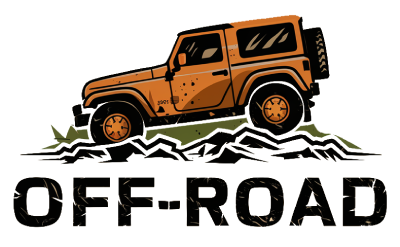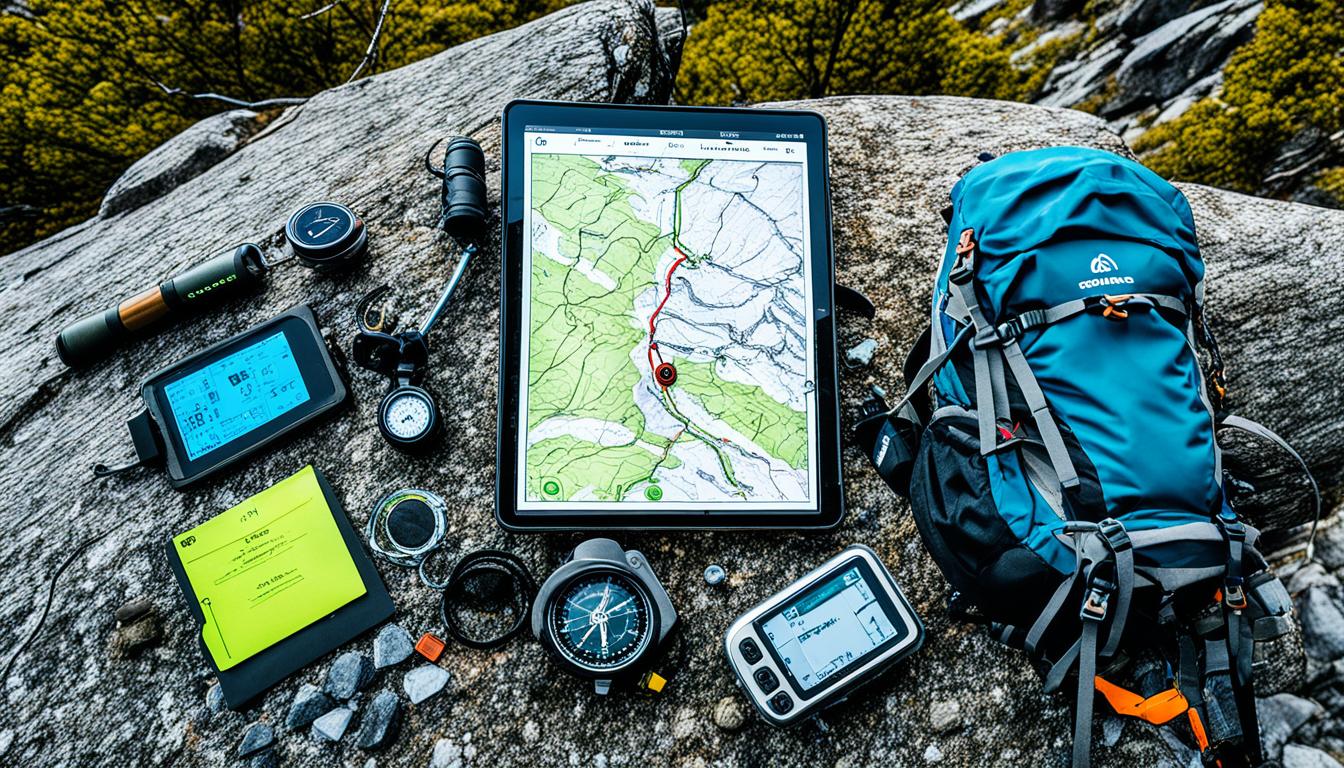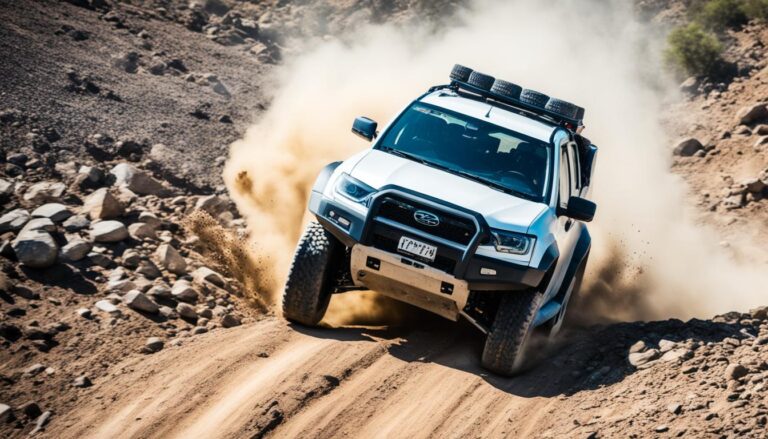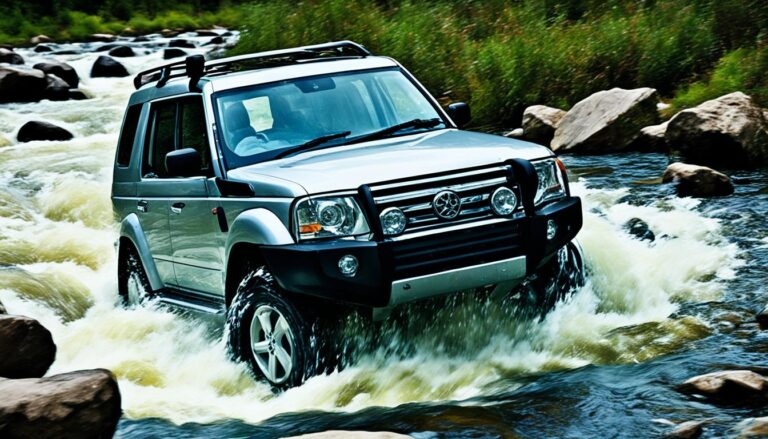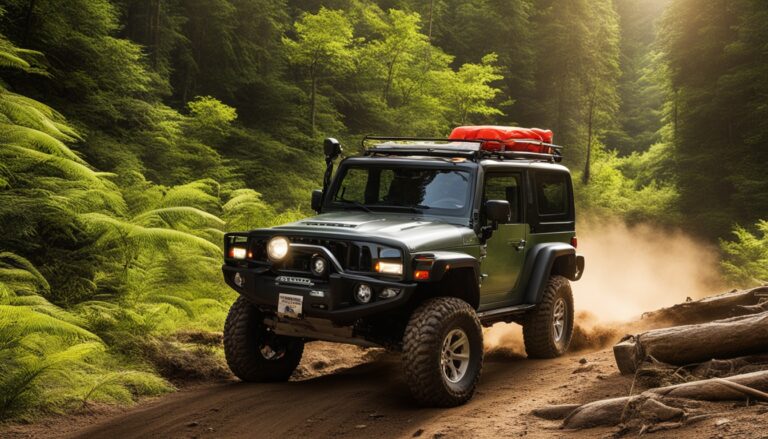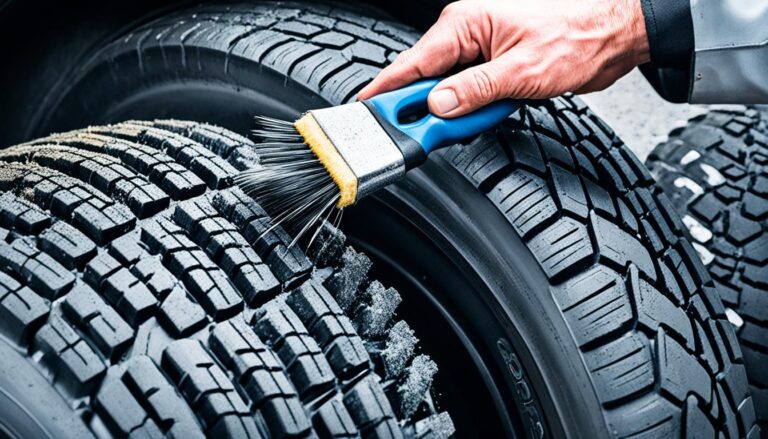How to Navigate Off-Road Trails Without Getting Lost
Embarking on an off-road adventure can be exhilarating, but navigating those rugged trails without reliable navigation tools can quickly turn thrilling into daunting. Many of us have faced the anxiety of getting lost in the wilderness, highlighting the critical need for effective off-road navigation. Preparation is key, and understanding the tools available to us—such as GPS for off-road trails, trail maps, and even a classic compass—can make all the difference in ensuring our safety and enjoyment. In this section, we will delve into the essentials of wilderness navigation, equipping ourselves with outdoor navigation tips to enhance our off-road experiences.
Understanding Off-Road Navigation Basics
As we prepare to tackle off-road trails, grasping the navigation basics becomes essential. Accurate navigation is crucial for ensuring our safety and enhancing our adventure. Understanding the importance of navigation can significantly impact our overall experience in the great outdoors.
Importance of Navigation
The importance of navigation cannot be overstated. Off-roading poses unique challenges, and incorrect navigation can expose us to the elements or lead to difficulty finding our way back. This can inadvertently increase our risk of accidents. Beyond practical safety concerns, getting lost can also take a mental toll. Utilizing reliable navigation tools, we can confidently explore and enjoy our adventures without fear of disorientation.
Types of Navigation Tools
There are several navigation tools that we can leverage to enhance our off-road journeys. Each tool has its particular advantages, and understanding them enables us to choose what suits our needs best. Below are some common navigation tools:
| Navigation Tool | Description | Best Use |
|---|---|---|
| GPS Devices | Handheld GPS devices provide real-time location tracking and route navigation. | Detailed route planning and tracking our path on complex trails. |
| Physical Maps | Traditional maps offer a broad overview of the terrain and important landmarks. | Situations where electronic devices may fail due to battery or signal issues. |
| Compass | A reliable tool for determining direction based on Earth’s magnetic pull. | Basic orientation and when navigating through dense areas with limited visibility. |
| Compass Reading | Understanding how to read a compass is essential for accurate navigation. | Complementing GPS devices, particularly in unfamiliar terrains. |

Preparing for Your Off-Road Adventure
As we gear up for our off-road adventure, a solid foundation in planning is essential. Emphasizing outdoor safety preparedness helps to ensure we have a thrilling experience while minimizing risks. A well-thought-out navigation plan will serve as our guiding light on the winding trails ahead.
Creating a Navigation Plan
Our navigation plan should be comprehensive, incorporating multiple factors to ensure a smooth journey. When selecting our route, we want to take into account the terrain as well as the risks that might come with different conditions. Assessing the potential risks can help us avoid trouble, while planning for rest stops, fuel stations, and potential hazards guarantees we will not run low on resources. Having alternative routes ready in case of unexpected obstacles can make all the difference. Including methods of communication for emergencies remains an important aspect of our navigation plan too.
Packing the Right Tools
A successful off-road journey often hinges on having the right gear packed. Our navigation tool checklist should include items like maps, compasses, and GPS devices to facilitate our journey. We can create a comprehensive list that ensures we have everything we need, preventing last-minute scrambling. Here’s a suggested checklist for our off-road essentials:
- Topographic maps
- GPS device
- Compass
- Flashlight and batteries
- First aid kit
- Multi-tool or knife
- Water and food supplies
- Tire repair kit
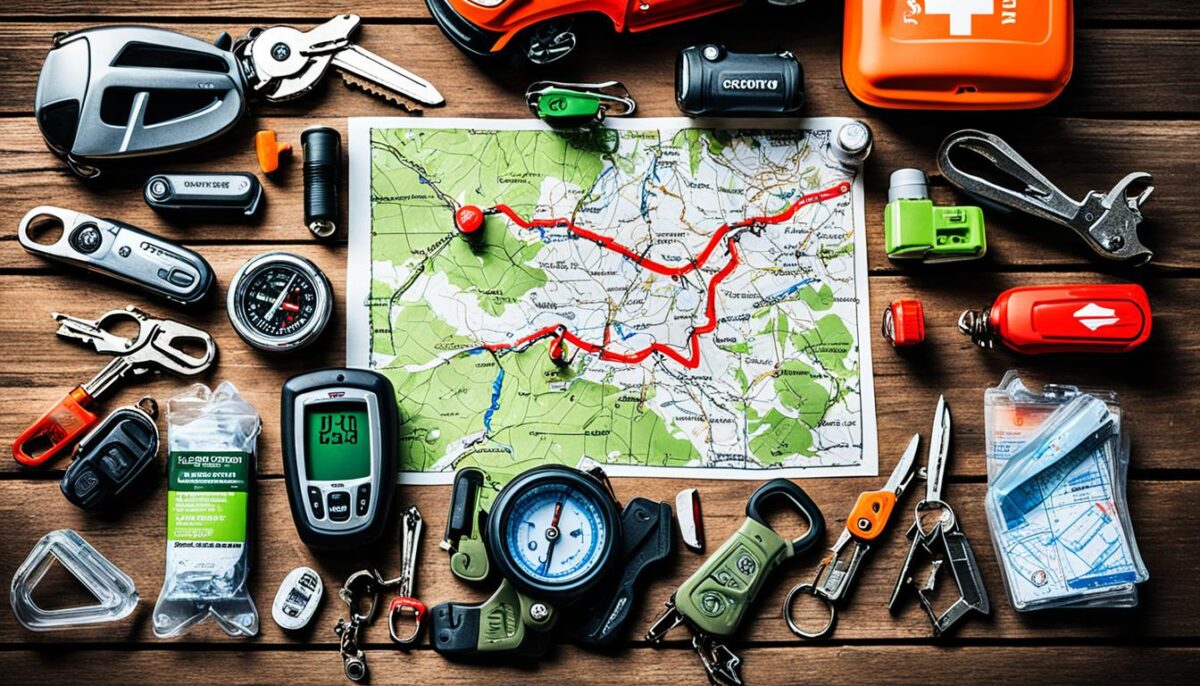
By combining our off-road planning with the right navigation tools, we can tackle the trails confidently while staying mindful of outdoor safety preparedness. Let’s ensure we are well-equipped before setting off on our adventure.
| Tool | Purpose | Importance |
|---|---|---|
| Topographic maps | Identify terrain features | Critical for understanding the landscape |
| GPS device | Real-time location tracking | Essential for accurate navigation |
| Compass | Basic navigation | Helps with direction if GPS fails |
Navigating the Trails
When we hit the trails for our outdoor adventure, effective navigation becomes a cornerstone of our escapade. To ensure we stay on course and enjoy the journey, we should incorporate some essential trail navigation tips into our routine. Checking our navigation tools regularly helps us stay informed, while balancing our use of GPS with traditional physical maps can provide a complete picture of our surroundings. Additionally, marking waypoints along the way allows us to recognize crucial locations, ensuring we can retrace our steps if needed.
On the Trail Tips
Utilizing environmental cues is another vital element in our navigation toolkit. We can observe landmarks and natural formations that not only beautify our surroundings but also serve as helpful navigation reference points. By doing this, we become more adept at keeping track while off-roading. Always remain attentive to these cues; they can sometimes give us a clearer understanding of our route than relying solely on technology.
Handling Unexpected Situations
No matter how well we prepare, unforeseen circumstances can arise in the great outdoors. Developing emergency navigation strategies is crucial for our safety. Should we find ourselves disoriented, utilizing a compass alongside our map can significantly enhance our ability to get back on track. Additionally, staying calm and assessing our surroundings will help us make informed decisions. By embracing these strategies, we will not only enjoy our adventure but also ensure we can navigate successfully, no matter what challenges we may face.
